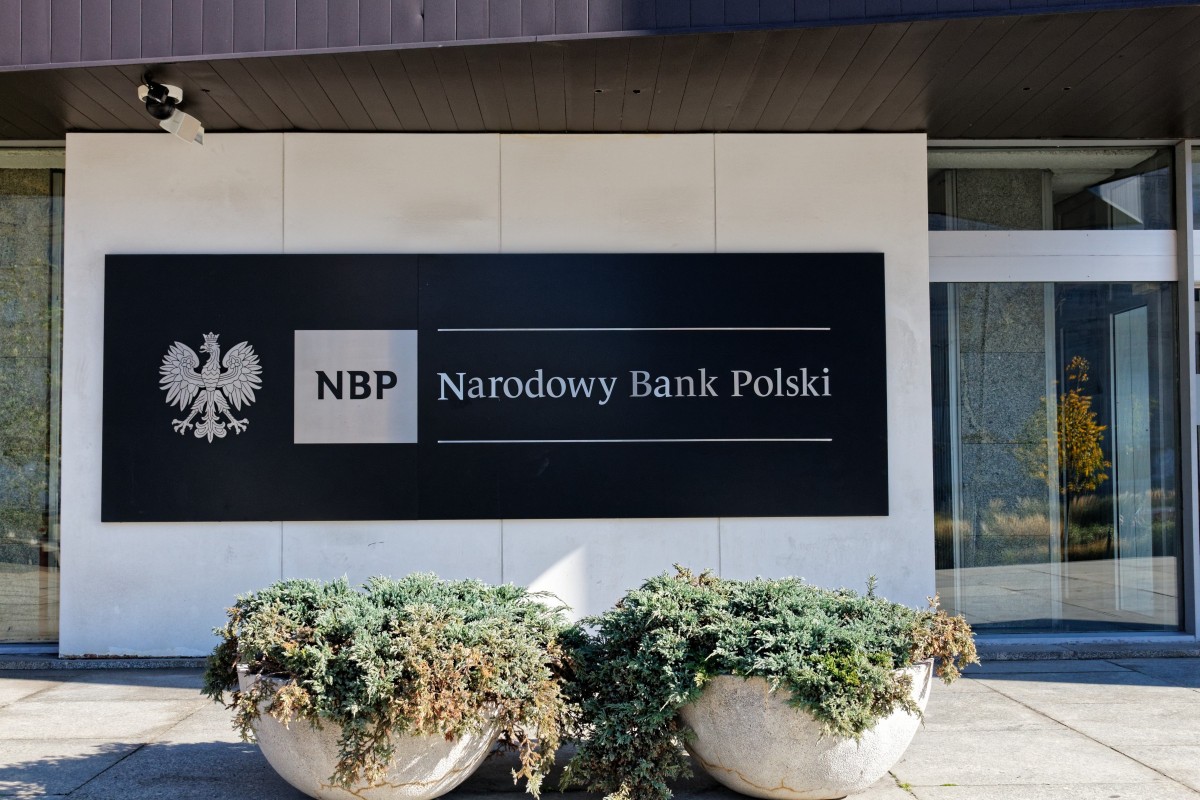Poland: Monetary Policy Unchanged, As Expected
The Monetary Policy Council held rates flat and kept the asset purchase program open. The statement is bearish with regards to 4Q20 and 2021. We have not heard anything new on the credit front as some Council members signaled recently that this is a potential area on which to act.

Today's Council decision is no surprise. The market expected that rates would not change in the near future despite the persistence of increased inflation and the lack of prospects for its visible drop.
The statement is bearish with regards to 4Q20 and 2021. The Council underlines that the course of Covid-19 is a key risk for economic activity in the following quarters. The MPC points to a GDP contraction in 4Q20 and then a gradual recovery in 2021. We see -3% year-on-year GDP dynamics in 4Q20 vs the National Bank of Poland's last projection at -6% YoY for 4Q20. Also, we are more optimistic with regards to the 2021 outlook (+4% YoY vs NBP at +3.1% YoY).
The Council pointed out that investments are relatively weak, but the Council has not decided to propose any new measures to support credit. The NBP will continue to keep the bill discount credit unchanged and the open-ended assets purchase program. The Council again noted the limited response of the zloty to the loosening of monetary policies, but we expect only verbal interventions to remain.
We see two main easing channels in the following months. Firstly, further asset purchases of Polish government bonds and instruments guaranteed by the government. This should support the government relief program.
It may also prevent a more pronounced PLN strengthening if the further rise in €/US$ continues to bolster Central and Eastern European currencies. Purchases of corporate debt are unlikely and impossible on a larger scale due to a shortage of properly rated instruments. The current QE program is open-ended and theoretically requires no announcement to extend it. But leaving the asset purchase program opened and an unwillingness to normalize rates soon should help to trim PLN gains.
Secondly, the central bank may try to support credit creation and investment activity more directly. Some MPC members referred to internal discussions on that area. In our view, those may include modification of the bill discount credit via extension of its maturity and lower costs, introduction of targeted longer-term refinancing operations, or refinancing of state-guaranteed loans to businesses.
Should the GDP outlook become more optimistic, demand for credit should be unlocked and monetary instruments facilitating credit may work more effectively than now.
Further rate cuts are unlikely. CPI remains persistently high, especially the core component. Moreover, some central bankers recently emphasized that moving rates into negative territory would have very limited positives while being detrimental to the financial sector. Others stated that negative rates may be downright illegal. As such, the MPC reaction to further PLN gains should be mostly verbal, as QE extension should happen regardless.
In our opinion, rates will remain unchanged, at least until 2022. Perhaps the Council will decide to offer some form of credit support when further hard data show a growing gap between investment and consumption. We see space for such a measure.
Disclaimer: This publication has been prepared by ING solely for information purposes irrespective of a particular user's means, financial situation or investment objectives. The information ...
more


